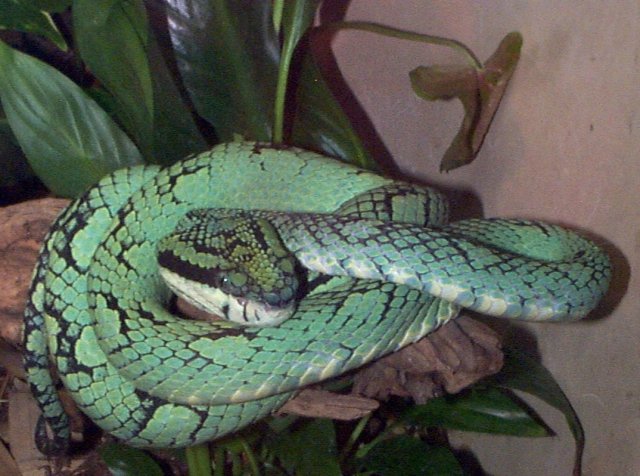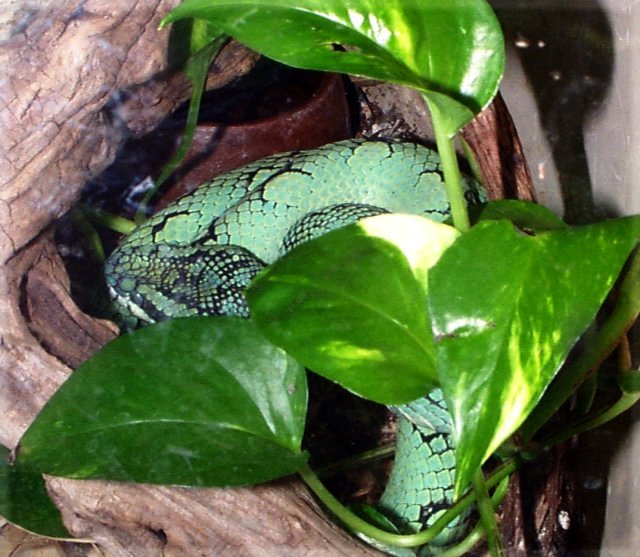 |
Name:
Ceylonese Tree Viper |
| Scientific name: Trimeresurus trigonocephalus | |
| Range: Ceylon | |
| Habitat: Tropical rainforest | |
| Status: Not endangered | |
| Diet : frogs, lizards, birds, and small mammals | |
| Diet in the zoo: carnivore diet | |
| Location in the zoo: In the Herpetarium |


 Zeida
Galan
Zeida
Galan